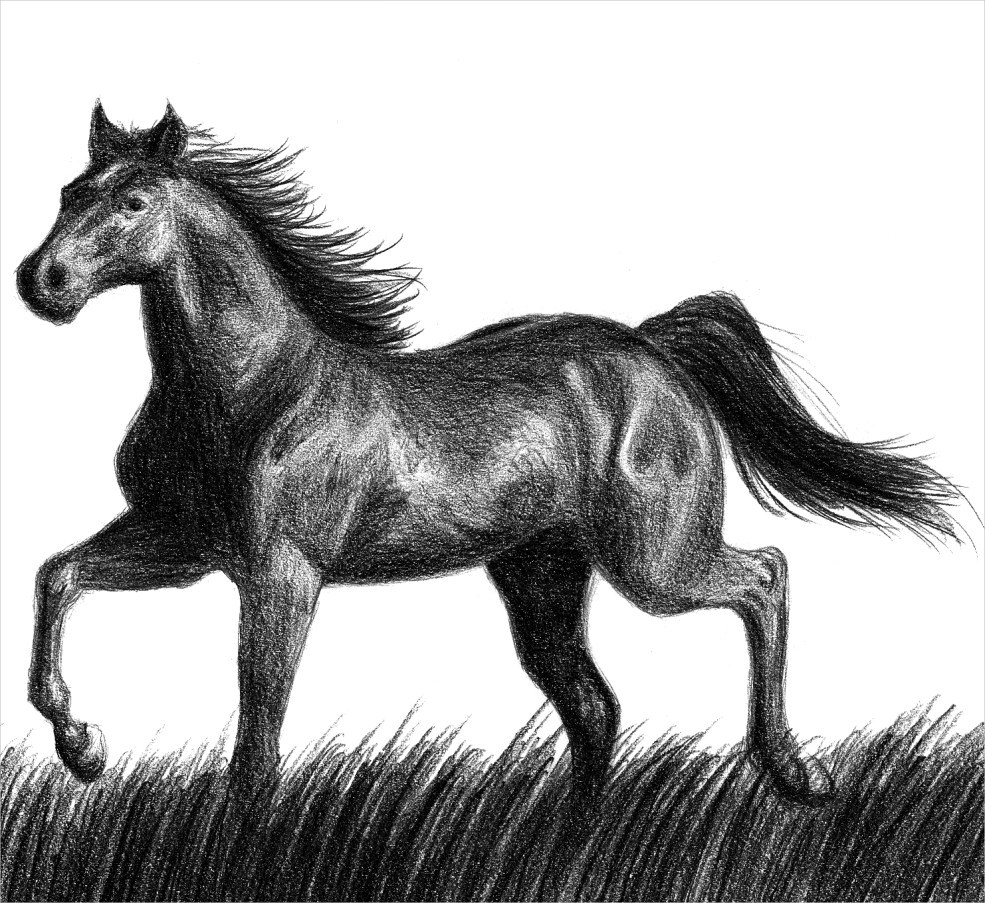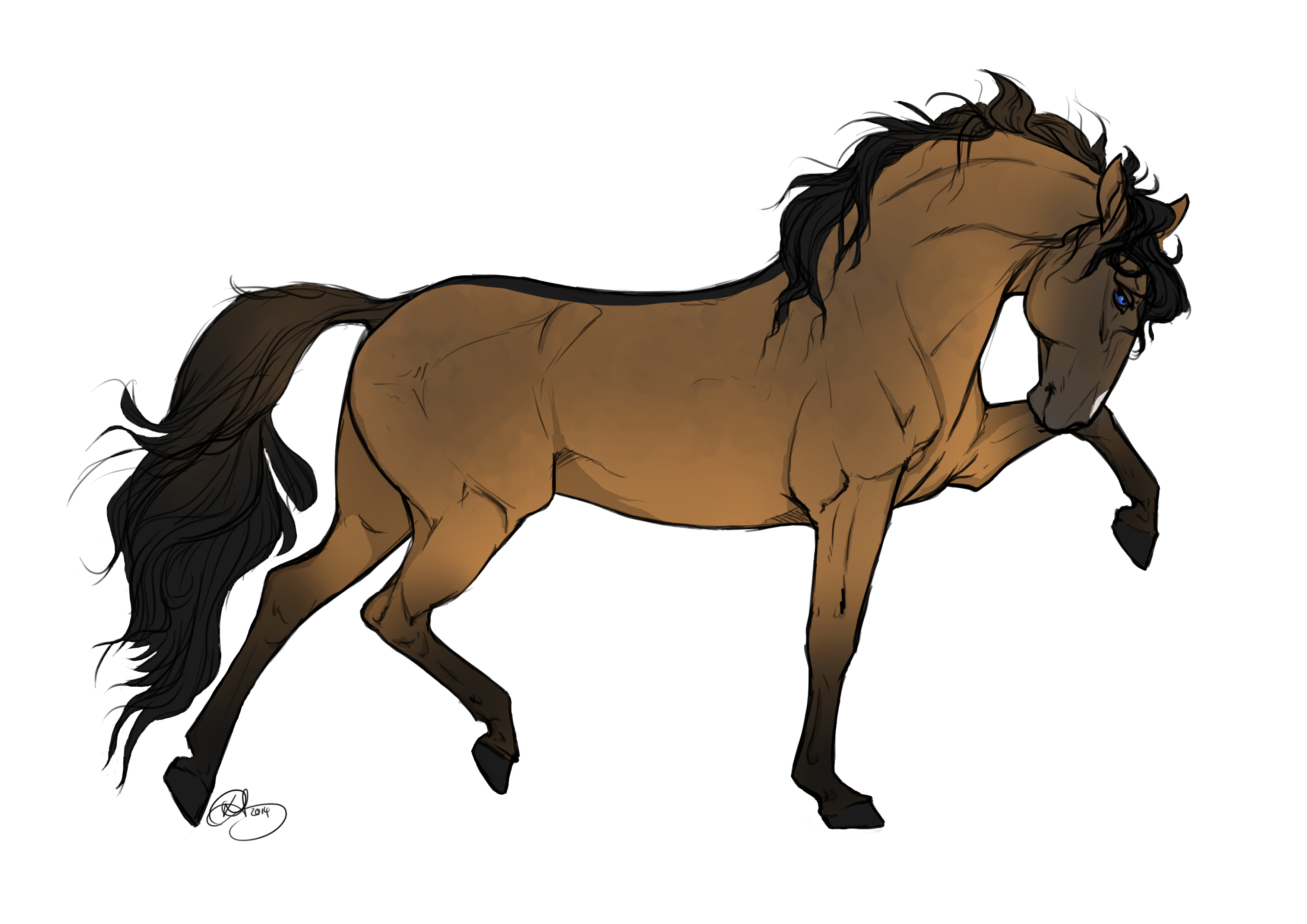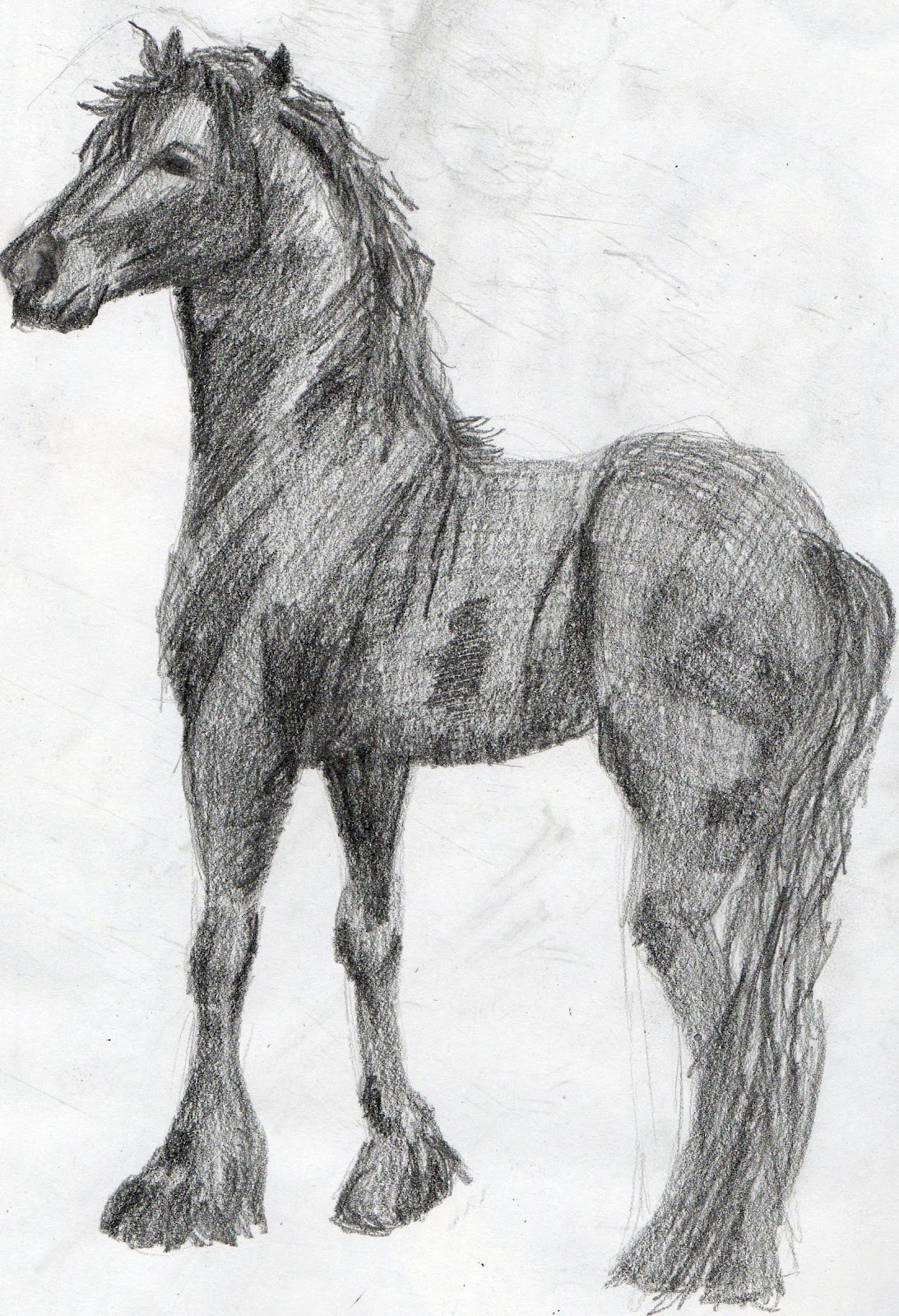
Learning to draw horses can be a rewarding and enjoyable experience for both beginners and experienced artists. Horses are magnificent creatures with their graceful movements and muscular bodies, making them a popular subject for artists. Whether you want to capture the beauty of a horse in a realistic or stylized manner, this article will provide you with some helpful tips and techniques to improve your horse drawing skills.
Understanding Horse Anatomy

Before diving into drawing horses, it's important to have a basic understanding of their anatomy. Knowing the proportions and structure of a horse's body will help you create more accurate and realistic drawings. Study the various parts of a horse such as the head, neck, body, legs, and tail. Pay attention to the muscle structure and how it changes when the horse is in different positions.
Start with Basic Shapes

When starting a horse drawing, it can be helpful to begin with simple shapes as a foundation. Use circles, ovals, and rectangles to block out the basic shapes of the horse's body. This technique will help you establish the overall proportion and pose of the horse before adding the details.
Focus on the Head and Face

The head and face of a horse are often the focal point of a drawing. Pay close attention to the structure of the horse's head, including the placement of the eyes, ears, and nostrils. Capture the unique expressions and features that make each horse distinct.
Add Details to the Body
Once you have established the basic shapes and proportions, it's time to add more details to the horse's body. Study the muscle structure and the way the hair falls on the horse's body. Pay attention to the curves and contours, as well as the subtle variations in shading and texture.
Mastering the Legs and Hooves
The legs and hooves of a horse can be challenging to draw, but with practice, you can master them. Study the structure of the horse's legs and how they support the weight of the body. Pay attention to the angles and proportions, as well as the shape and details of the hooves.
Capturing the Movement

Horses are known for their graceful movements, and capturing that sense of motion in your drawings can bring them to life. Pay attention to the flow and rhythm of the horse's body as it moves. Use dynamic lines and gestures to convey the sense of movement and energy.
Experiment with Different Styles

Don't be afraid to experiment with different drawing styles when depicting horses. You can choose to create realistic and detailed drawings or explore more stylized and abstract representations. Find a style that resonates with you and allows you to express your creativity.
Practice Regularly

Like any skill, drawing horses requires practice. Set aside dedicated time to practice your horse drawing skills regularly. Use reference photos, observe real horses, and experiment with different techniques. The more you practice, the more you will improve and develop your unique artistic style.
Conclusion
Drawing horses can be a challenging yet rewarding experience. By understanding horse anatomy, starting with basic shapes, and focusing on the details, you can create beautiful horse drawings. Don't forget to capture the unique expressions and movements that make each horse special. With regular practice and experimentation, you will continue to grow as an artist and create stunning horse drawings.